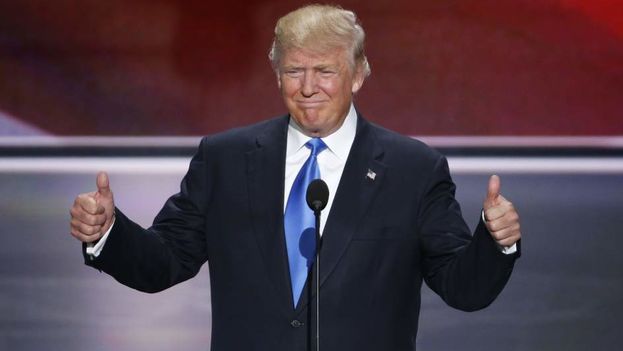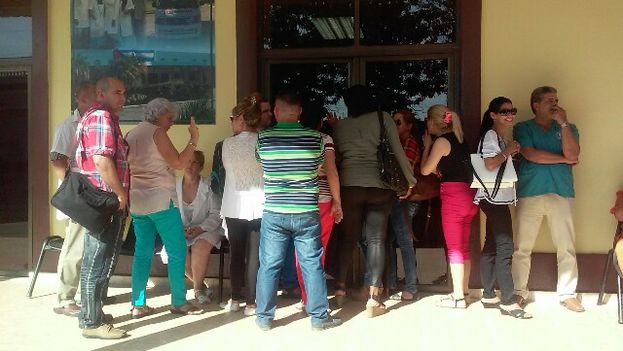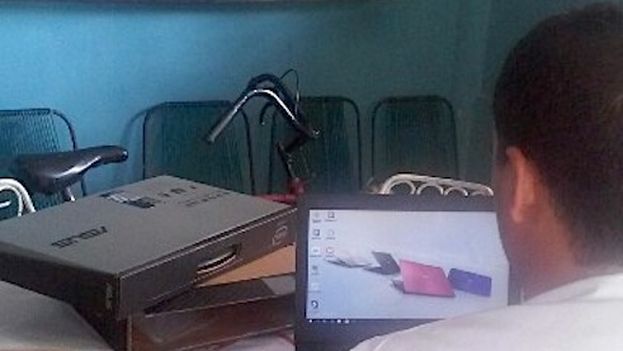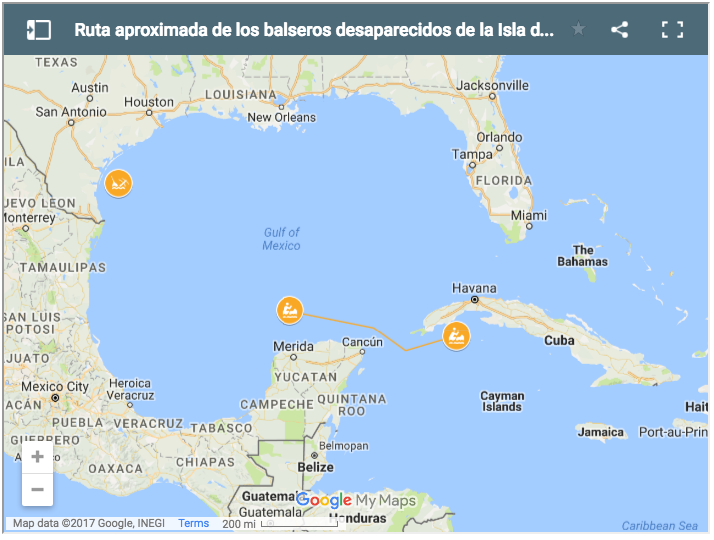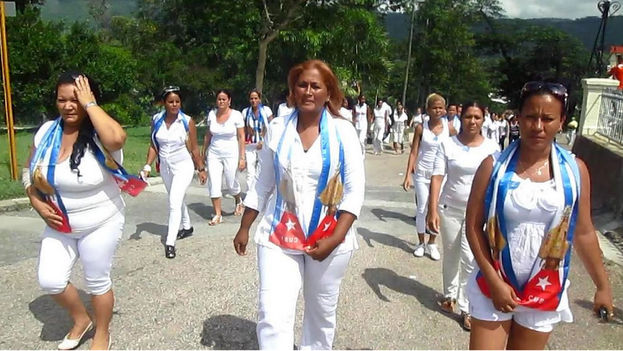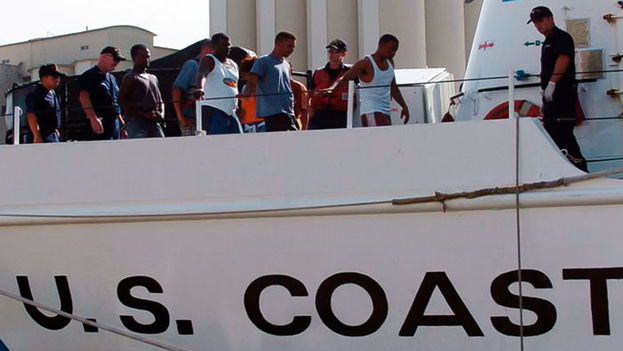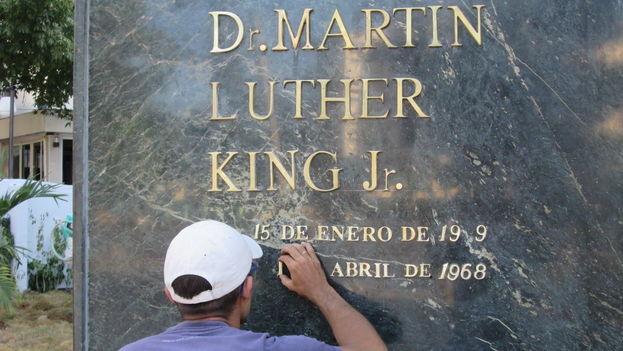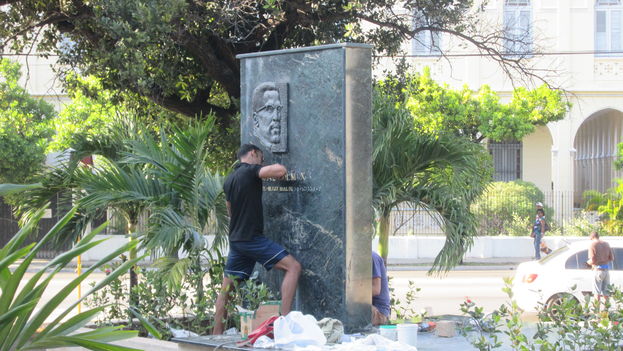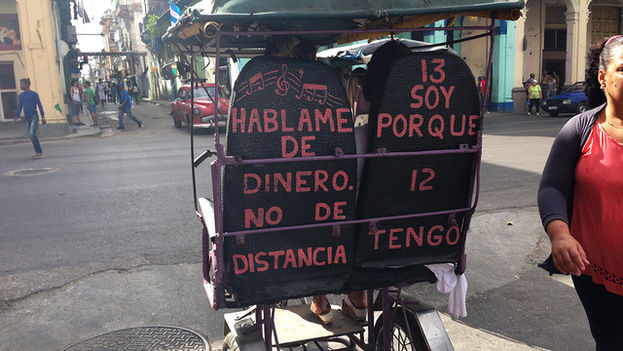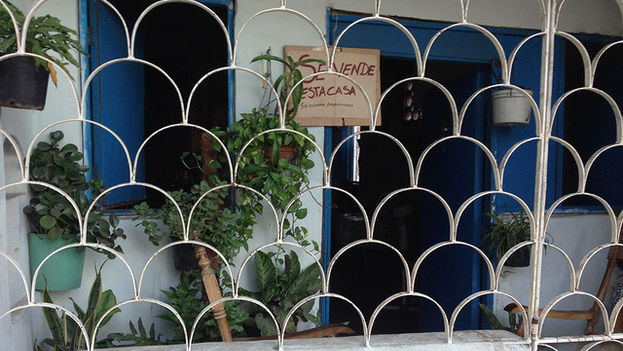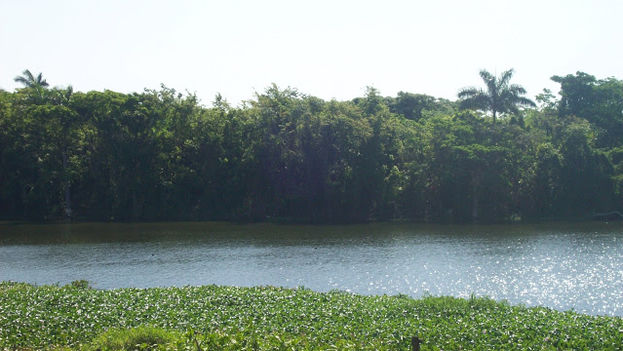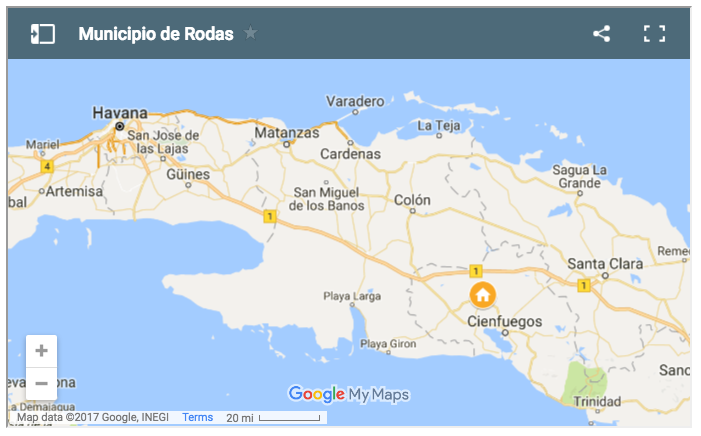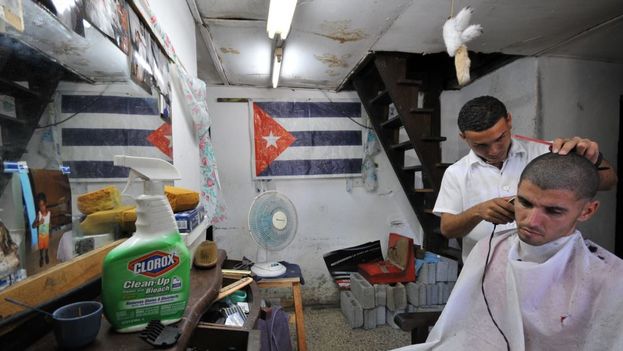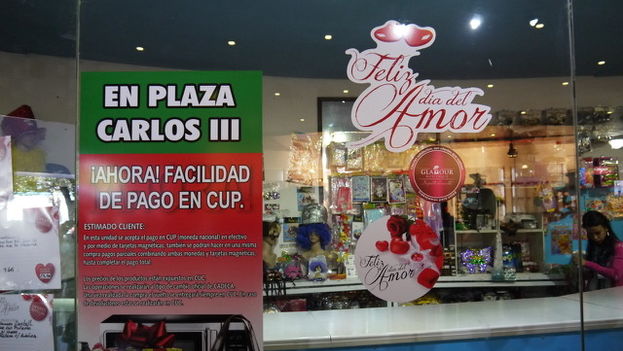With a soft voice, sometimes broken by emotion and sadness, Elisabet Casero Fernández, a Cuban dentist who fled Venezuela a week ago, laments the situation in which her compatriots have been left.
Casero escaped one day before the United States eliminated its Cuban Medical Professional Parole (CMPP) program – through which doctors who deserted their missions abroad were allowed to settle in the United States – and the policy of wet foot/dry foot, by which Cubans who touched land in the United States were allowed to stay and become legal residents. continue reading
Cuban doctors go abroad with an official passport, which is why on the border between Colombia and Venezuela they are easily identified and handed over to the Cuban authorities
“We believed in American legality, in the opportunity to rebuild our lives away from a government that does not allow us to be free and that clings to not changing,” she says from Bogota.
Cuban doctors go abroad with an official passport, which is why on the border between Colombia and Venezuela they are easily identified and handed over to the Cuban authorities, who will forcibly repatriate them and retaliate.
“I had to cross the jungle on a motorcycle. It was the only way to circumvent the surveillance that doctors are subjected to,” she explains.
Leaving is expensive. Dr. Casero earned barely 27,000 bolivars a month (less than 10 dollars when exchanged on the street) while working in the state of Carabobo. In order to flee, she had to save as much as she could from her meager salary.
“The Cuban medical mission also did not give us money for water and gas, we had to rely on the ‘solidarity of friends’,” she told us.
In practice, the Cuban authorities asked their doctors to have Venezuelan patients pay for the cost of these basic services.
The decision to travel to Venezuela was also made under pressure, according to the doctor. “They told us that we should go on a mission. If you refuse, you can lose even your career because they call you a counterrevolutionary,” she says.
According to Casero, once in Venezuela she understood the urgency of the Cuban Ministry of Health.
“You are a mainstay of the medical mission,” they were told. The reality, according to this young woman of 24 years, is that Venezuela “pays more” for dentists than for other doctors, so they had to work more hours and were carefully monitored to enforce the statistics of consultations in exchange for which the Venezuela Government pays Cuba in oil.
“I did not even have the opportunity to finish my residency,” she adds.
The doctors are carefully monitored to enforce the statistics of consultations in exchange for which the Venezuelan Government pays Cuba in oil
With the recent changes, even Cuban doctors who have already applied for the CMPP program will be treated like any other migrant, so the dentist’s hopes of resolving her case are increasingly distant.
“When I arrived at the US embassy in Bogotá, they told me that I could no longer ask for asylum. Now that I have deserted I cannot enter Cuba for eight years and if they catch me, I will end up being retaliated against,” he says.
Her money that, as a stimulus, the Cuban Government deposited in an account in a bank in Cuba, has already been expropriated, she learned directly from her mother, whom she had lived with.
In Colombia hundreds of doctors are waiting for a favorable decision from the US embassy. An indeterminate number are in Brazil where, in 2016, 1,439 doctors benefited from the CMPP.
But doctors are not the only ones affected. There are also dozens of emigrants who are transiting Central America after their departure from Ecuador and Guyana. They seek to reach Panama by going through the Darien Gap, one of the most dangerous jungles in the world.
In Trinidad and Tobago, of a group of 15 Cubans detained by the immigration authorities, there are only six left. All the others have been forcibly repatriated to Cuba.
“The Cuban embassy is involved in this and we are desperate. There were political refugees among us, but they did not care,” explains Baldomero Despaigne speaking from that Caribbean country.
“They are preparing everything to return all of us who are still here. We need help,” he says.
In Suriname, another group of Cubans, including women members of the Ladies in White with their children, are asking for clemency to reach the United States.
In the Caritas hostel in Panama, in less than a week more than 230 refugees have arrived, waiting for the American administration to grant a grace period
In the Caritas hostel in Panama the presence of Cuban migrants has increased significantly. In less than a week more than 230 refugees have arrived for the US administration to grant a grace period that allows them to reach their destination.
“They are calling by phone to indicate that they will continue to arrive from the jungle. At least 70 migrants are announced for the next few hours,” said Deacon Victor Berrío, who is in charge of the institution.
However, the director of Panama’s National Service of Migratio, Javier Carrillo, announced that undocumented Cubans must leave the country. “The law is clear, they must leave the national territory,” Carrillo told this newspaper.
Some of these migrants have not stopped at the announcement of the end of the policy of wet foot-feet and continue their way towards the American border. On Tuesday, the presidential adviser Ben Rhodes said the US does not host the Cubans who were on the border of that country and Mexico.
“We are not going to stop, we will continue to the border, we have spent a lot of time to escape from Cuba and we have no desire to go back, we have no house or money or anything,” says Yuniel Ramos, a migrant who left everything and crossed Central America from Ecuador. Now he is about to cross Mexico.
“The Siglo XXI Migrant Station in Tapachula is full of Cubans, people do not want to go there because they leave you in jail,” says Miguel Antunez, another Cuban who is in the Mexican state of Chiapas.
This situation of defenselessness makes migrants the victims of scammers and corrupt officials
“The lines are long to get the safe passage and cross Mexico. They gave me an appointment for the second week of February,” he adds. This situation of defenselessness makes migrants the victims of scammers and corrupt officials.
“An attorney with connections inside Migration is giving Cubans papers for $500. Even the Migration officials themselves tell you that if you give them money they will move your turn up to the next day,” adds Antunez.
Meanwhile, hundreds of Cubans continue to arrive from Central America. Next to the US border dozens of Cubans wait to see what the new White House tenant will do.
“Trump is the only hope we have left,” says Antunez. “Obama has betrayed us, and he went to Cuban to become the friend of Cubans. Trump is the only hope left to us,” says Antunez.
____________________
This article is part of an arrangement between 14ymedio and El Nuevo Herald.
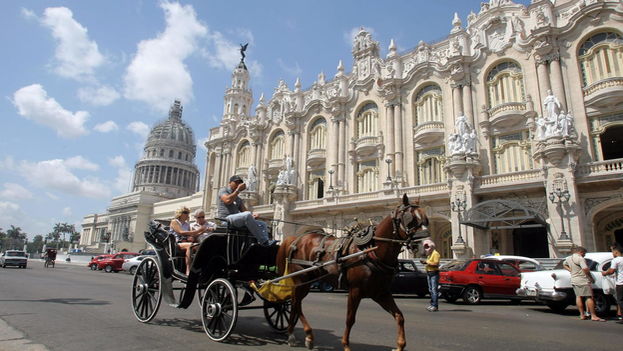
![]() 14ymedio, 19 January 2017 — Cuba is preparing to receive 4.2 million foreign tourists in 2017, with priority for investments in new and higher quality facilities for tourists, according to projections announced Wednesday by management of the island’s Ministry of Tourism (Mintur).
14ymedio, 19 January 2017 — Cuba is preparing to receive 4.2 million foreign tourists in 2017, with priority for investments in new and higher quality facilities for tourists, according to projections announced Wednesday by management of the island’s Ministry of Tourism (Mintur).
